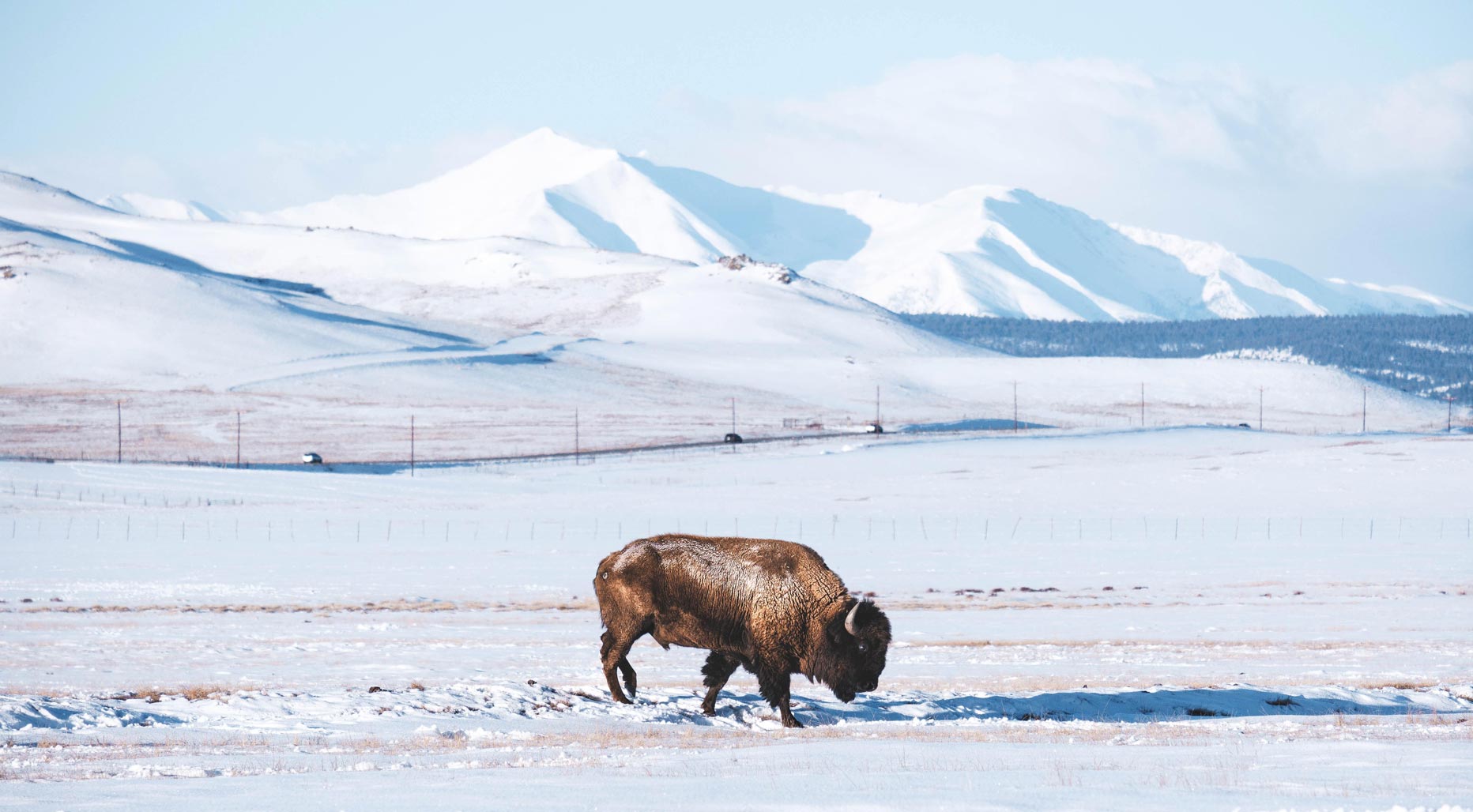5 good news stories this week, from salamanders getting private roads to a boom in green sea turtles
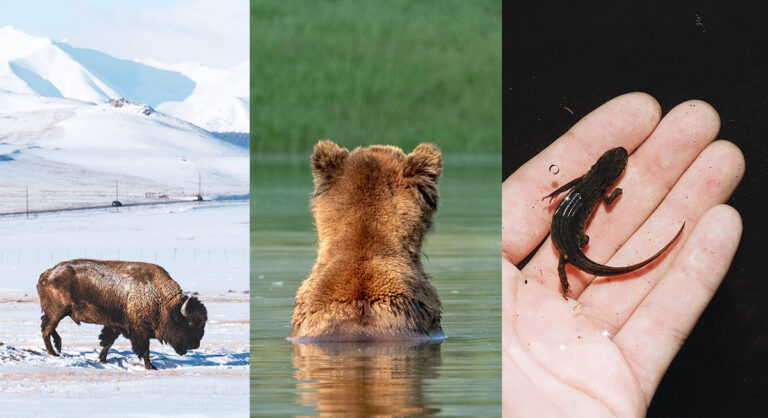
In a time filled with the chaos of war, violence of racism, murder of women and the ever-increasing climate crisis, it’s natural to feel a little helpless. But let’s not give into ‘doomism’ just yet, there are positive things happening everyday that can fuel you with the optimism you need to keep the show going. Here are five breaking good news stories that might just be your ray of hope for the week ahead:
1. 500 per cent boom in green sea turtles
Saving sea turtles has most definitely been a core mission in the fight against impending climate destruction. All it took was one video of a turtle suffering from a plastic straw caught in its nasal cavity and we fought to give up the drinking apparatus for good. While there is much left to do in that department, some wonderful advancements have also been made in the conservation of the creatures.
According to the Good News Network, scientists have noted a 500 per cent boom in the green sea turtle egg numbers in the Seychelles, an island nation located in the Somali Sea segment of the Indian Ocean, following the hunting ban imposed in 1968. It was then that killing the reptiles was outlawed with only around 2,000 to 3,000 clutches of eggs laid a year. Now, the numbers reflect a brilliantly successful conservation story as they have skyrocketed to a figure of 12,000 to 15,000—in data gathered and provided by the Seychelles Island Foundation from 2019.
This 50 years of protection and conservation work offers some much-needed evidence that we can be optimistic in our regeneration of marine life.
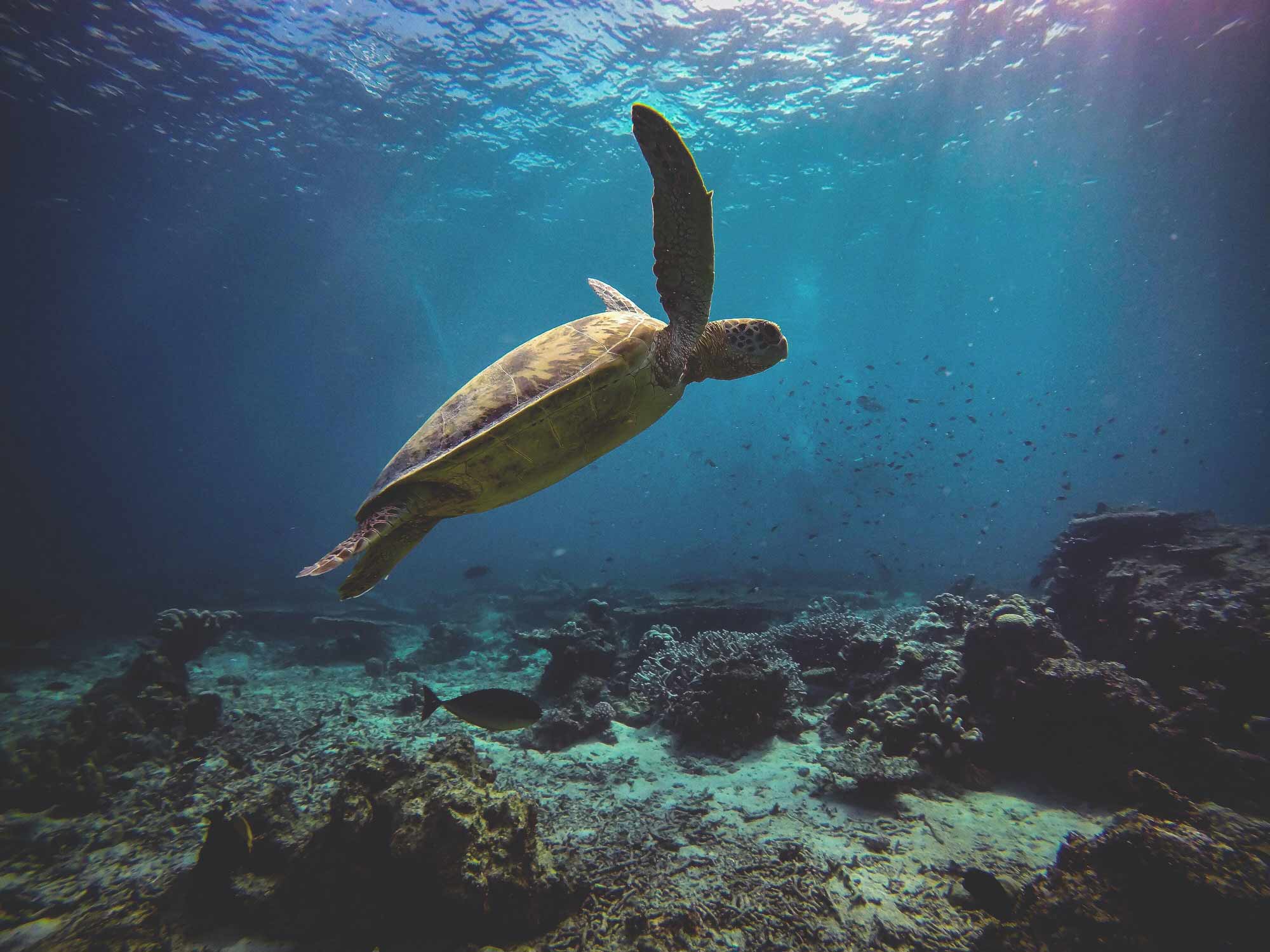
2. Michigan town closes its road every night to protect crossing salamanders
From mid-April, Marquette, Michigan will close an area of one of its roads from 8 pm to 8 am every night to help its Blue-spotted salamander population cross the street safely. The road closure, which takes place entirely in a park, is done so to protect the creatures’ breeding grounds and will still be accessible by foot during regular hours.
Reporting from The Detroit News suggested that the initiative was enacted after a 2019 biological study of the street uncovered that up to 20 per cent of the amphibian’s population (around 400) are killed by traffic during their migrations. Their nocturnal breeding, dark skin colour and small size all contribute to their high death rate as motorists are unlikely to spot them in the dark. Following such data, the city shut down the road in 2020 during the height of salamander breeding season and recorded only three deaths in this period.
Following this success, the city aims to make it a yearly occurrence to help these tiny creatures cross the road safely.
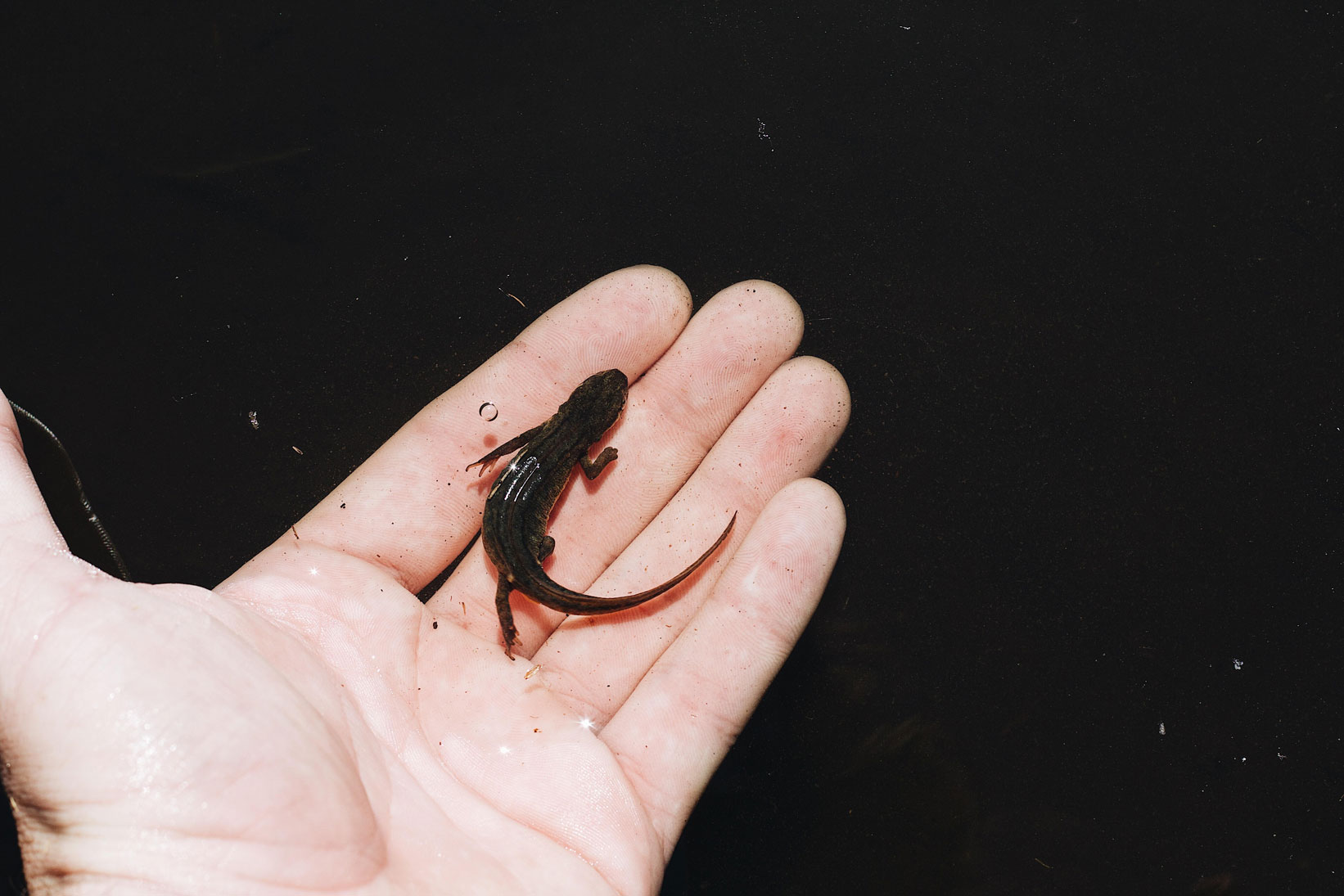
3. Swedish zoo ends captive dolphin exhibit
For decades, founder of The Animal Rights Alliance in Sweden, Daniel Rolke, has fought endlessly to bring to light the conditions of captivity for the dolphins of the Kolmården Zoo—the largest zoo in Scandinavia. Known for keeping its dolphin inhabitants in small, indoor chlorinated enclosures all year round, about 60 of the zoo’s mammals have died in such conditions since the exhibit’s (Marine World) inception in 1969.
Now, Rolke has informed the Dolphin Project that Marine World is finally shutting down. This decision is part of a shift to target the protection of endangered species. Although the future of the 12 dolphins in the zoo (many of which were born in captivity), remains to be decided, the Dolphin Project noted how the “Nordic countries will finally become dolphinaria-free” after this change.
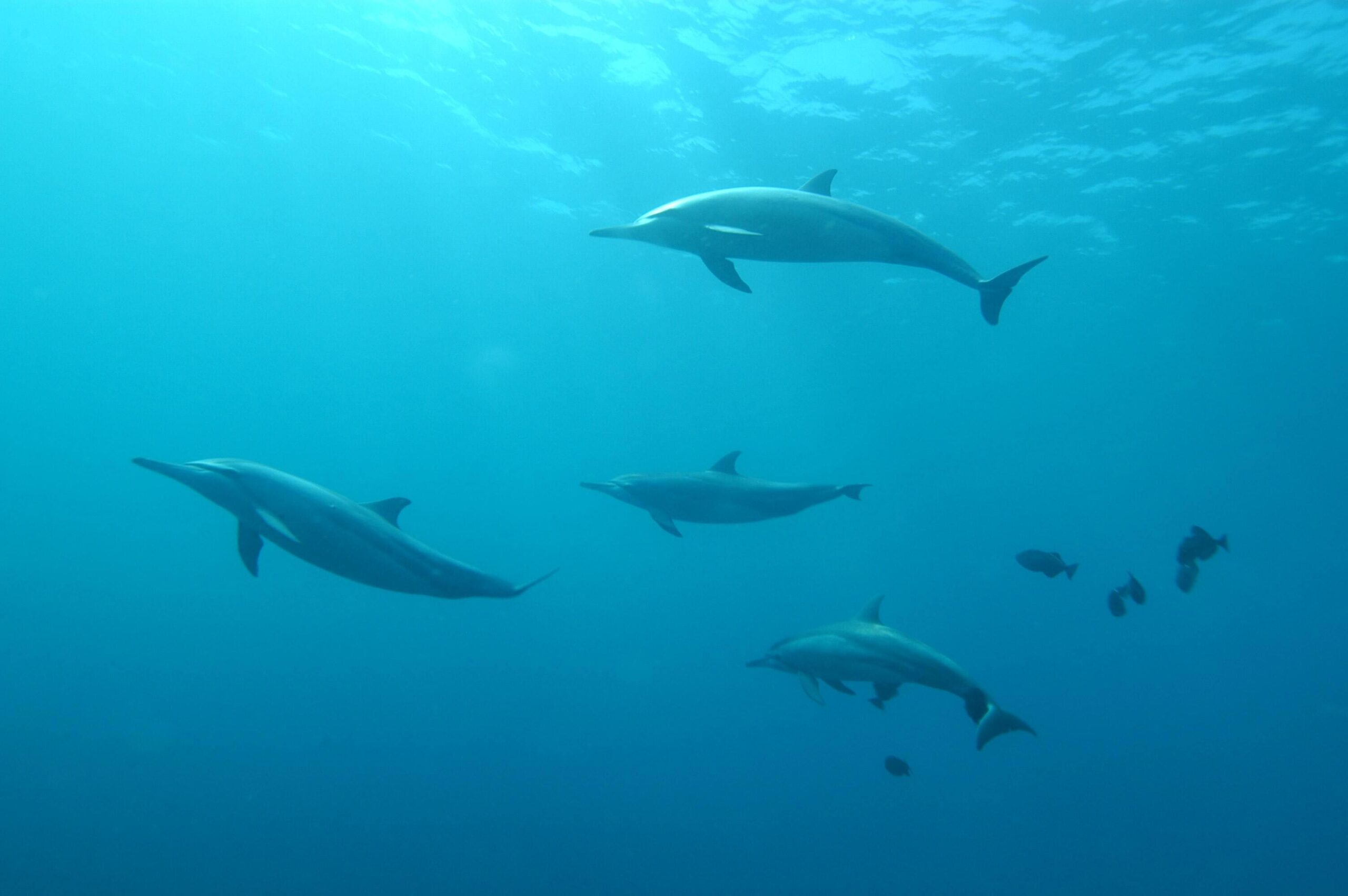
4. Pyrenees’ brown bear population is the highest in 100 years
Another animal conservation scheme has shown success with brown bear numbers in the Pyrenees mountain range that straddles France and Spain. Recent figures, reported by The Guardian, indicated that 70 individual bears had been identified in the region in 2021—the highest sum of the creature in a century rising from 52 just in 2018.
This is an incredible development for the animal’s resurgence in the area as they were nearing extinction just 26 years ago with the last remaining native bear shot in 2004. The repopulation scheme, which began in 1996, involved introducing three bears from Slovenia into the Pyrenees and four more females following the killing of the last native specimen. Now, the study has reported 34 females, 32 males and four others whose sex has not yet been confirmed (with over 15 pubs born in the last year alone).
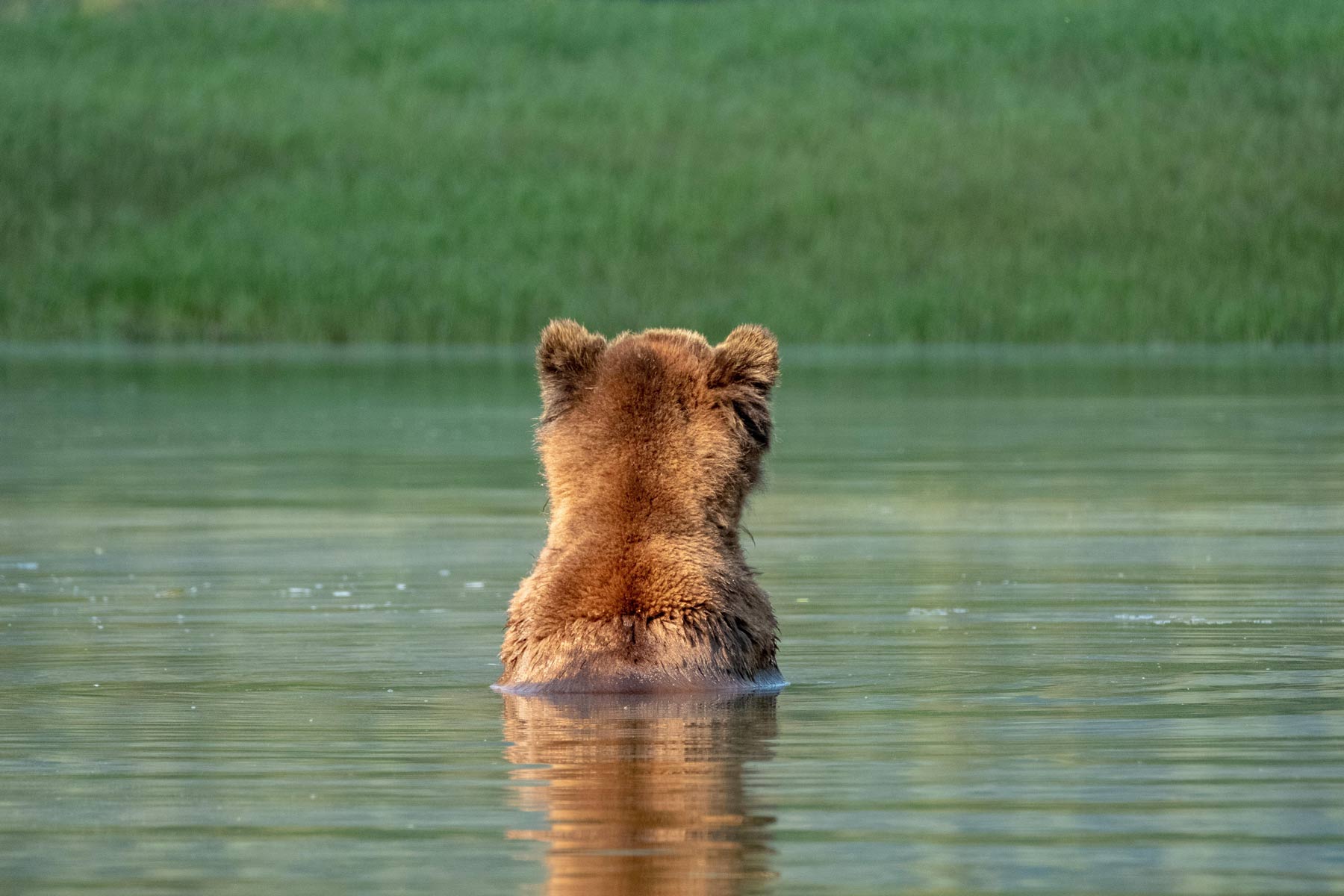
5. Denver give bison back to Indigenous groups
In a celebratory move for both animals and people, The Los Angeles Times reported that the city of Denver, Colorado handed over 33 bison to the peoples of the Arapaho and Cheyenne communities who have fought to return the native creatures to their tribal land. “The goal is to someday have thousands of buffalo,” Jordan Dresser, chairman of the Northern Arapaho Business Council, told the publication. “We are growing the herd and had a calf born last year, which was a huge moment for us.”
Previously, any excess bison existing from the city’s last wild descendents of the species were often auctioned off in a bid to maintain healthy numbers. However, in the wake of the events of 2020, Denver implemented a “land acknowledgement” that would aim to challenge and disassemble the oppressive legacies still in place—with the creatures’ historical slaughter by white settlers used as a tactic to starve the Indigenous out. Now, the city’s council will donate any surplus bison to the Indigenous tribes of the region. About time.
Hopefully this won’t be the last progress we see for Land Back.
